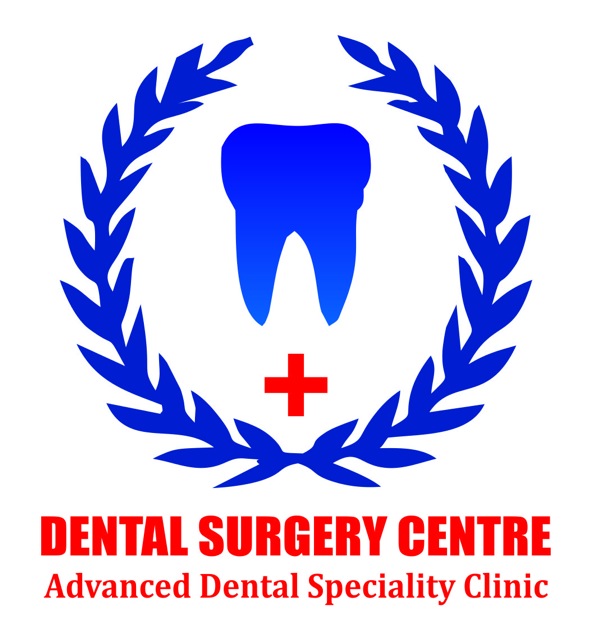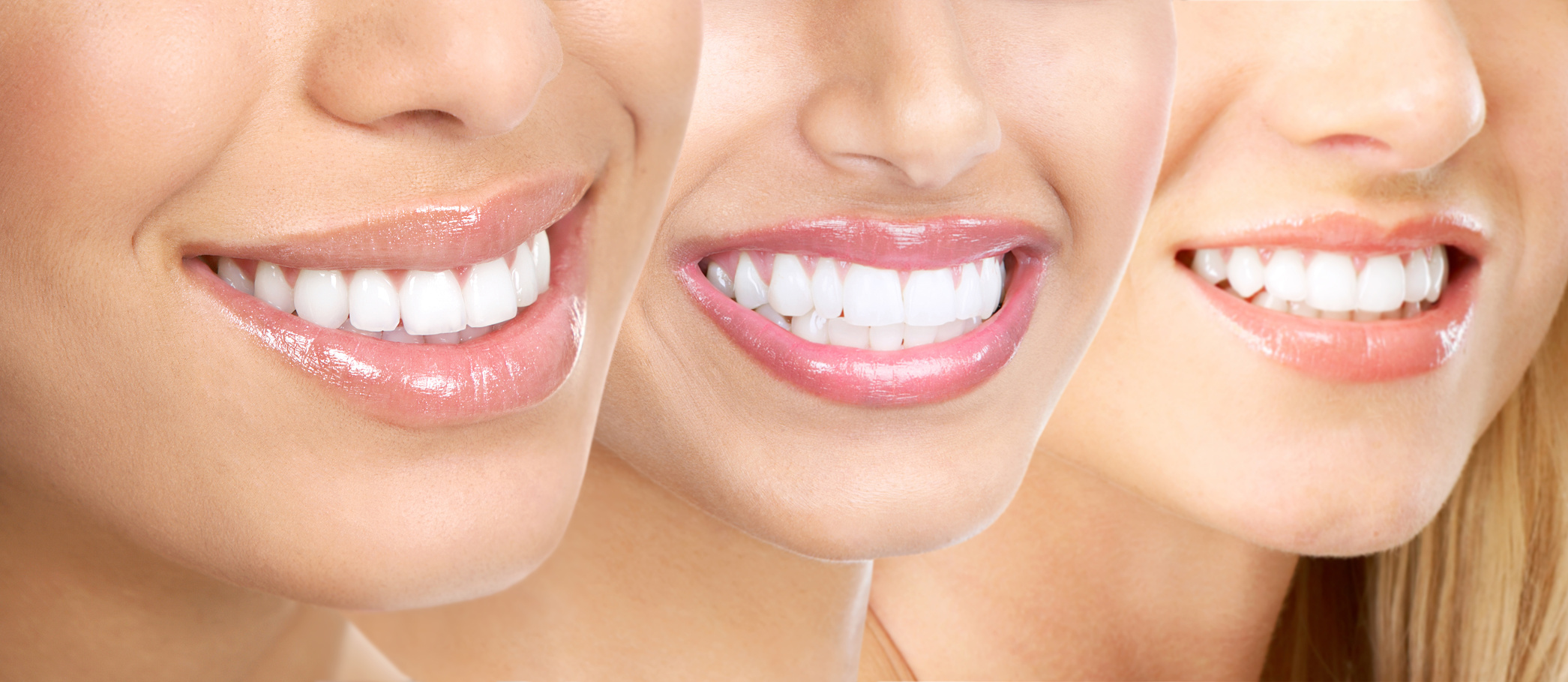Two Types of Dental Implants
COMPARISON OF CRESTAL WITH BASAL DENTAL IMPLANTS
CRITERIA | CRESTAL (AXIAL / SCREW) IMPLANTS | BASAL IMPLANTS |
Shape and structure | Root form – designed to imitate roots of a tooth. | The implants look like an inverted T. |
Endosseous section | Screw shaped with machine / HA coated surfaces. | Flat / blade like surfaces with spaces permitting bone in growth. No one of them equipped with any kind of prepared surface for the enhancement of bone. Regeneration. |
Technique | Insertion through crestal bone and communication with oral cavity much more than basal implants. | Insertion through lateral aspect of basal bone. Load bearing area of implant has no communication with the oral cavity. |
Bone requirement | Vertical bone – both crestal and rarely a small portion of basal bone. | Basal bone is what is needed. Horizontal aspects of the bone are fully utilized along with the inner and outer cortices. |
Armamentarium | A large number of instruments are necessary for procedures. | Instrumentation relatively a lot simpler. |
Bone grafting procedures | Essential in cases of deficiency in bone height. Grafting procedures give unpredictable results. | Not essential. |
Bone displacement | Considerable bone substance displacement / loss occur and vary with size and length of implant. Crestal bone is more susceptible to resorption. | Displace up to 60% less bone substance. Basal bone – highly resistant to resorption. |
Mucosal penetration diameter | Larger. Chances of Periimplantitis, vertical bone loss, crater like bone loss and infections are relatively high. | Smaller (1.9 – 2.3 mm. only). The whole vertical implant part is polished – hence, chances of problems seen as in the case of crestal implants relatively very low. |
Loading | Two piece crestal implants often require delayed loading & two surgical phases at times. | Immediate loading. |
Healing | Prolonged healing time – clinically significant. | Bone healing time not clinically significant. |
Masticatory forces | They act in the vertical direction along the sides of the screw structure. | Transferred to the basal plate deep into the cortical bone areas which are able to accept large loads and have great capacity for regeneration. |
Applications in destructive periodontitis & after multiple extractions of teeth | Their placement in such cases is nearly impossible and success is unpredictable. | Placement of implants very much possible and results are excellent. |
Smoking patients | Failure rate is close to 100%. | Best option for smoking patients. |
Controlled diabetic patients | Crestal implants have a risk of failure in cases where there are blood sugar variations. | Blood sugar variations may not affect the survival of the implant at all. |
To understand how Basal-implants are able to avoid bone grafts and sinus lift ,Treat cases with minimal bone,and immediate loading, we need to understand basal-bone and the diffrence in Conventional implantology and the Basal implantology
CRESTAL IMPLANTOLOGY
In crestal implantology (Implants are referred to as crestal-type implants if they are inserted into the jaw bone coming from the crestal alveoli and whose main load- transmitting surfaces are vertical. The term thus covers screws, cylinders, and blade implants.), it is standard practice to insert screws at least 10 to 13 mm in length in the anterior segment of the mandible because this part of the mandible usually offers sufficient vertical bone. But the patients with very little available vertical bone are at a particular disadvantage.

Basal implantology stems from orthopaedic surgical principles
BASAL IMPLANTOLOGY
Basal implantology also known as Bicortical implantology or just cortical implantology is a modern implantology system which utilizes the basal cortical portion of the jaw bones for retention of the dental implants which are uniquely designed to be accommodated in the basal cortical bone areas. The basal bone provides excellent quality cortical bone for retention of these unique and highly advanced implants. Because basal implantology includes the application of the rules of orthopedic surgery, the basal implants are also called as “orthopaedic implant” 2 to mark a clear distinction between them and the well- known term “dental implant”. These basal implants are also called as lateral implants or disk implants.
Basal bone is defined as the osseous tissue of the mandible and maxilla underlying the alveolar processes. It is relatively fixed and unchangeable framework of the mandible and maxilla. Using the Basal Bone, implantologist can now place implants in regions where traditional implants would not be possible. The traditional Implants use the alveolar bone – this type of bone is lost after teeth are removed and decreases through life as function reduces. The basal bone is always present throughout life; it is very strong and forms the stress bearing part of our skeleton. Dental implants when placed in this bone can also be loaded with teeth immediately. This science is already proved in orthopedic implants (Hip / Knee replacements).

Healing capacity of cortical bone is much higher than soft spongy bone
Once the patient is fitted with the artificial joint he is asked to start using it immediately.
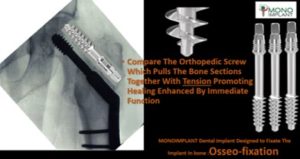
Cortical implants are used for functional immediate load ,similar to orthopaedic surgery
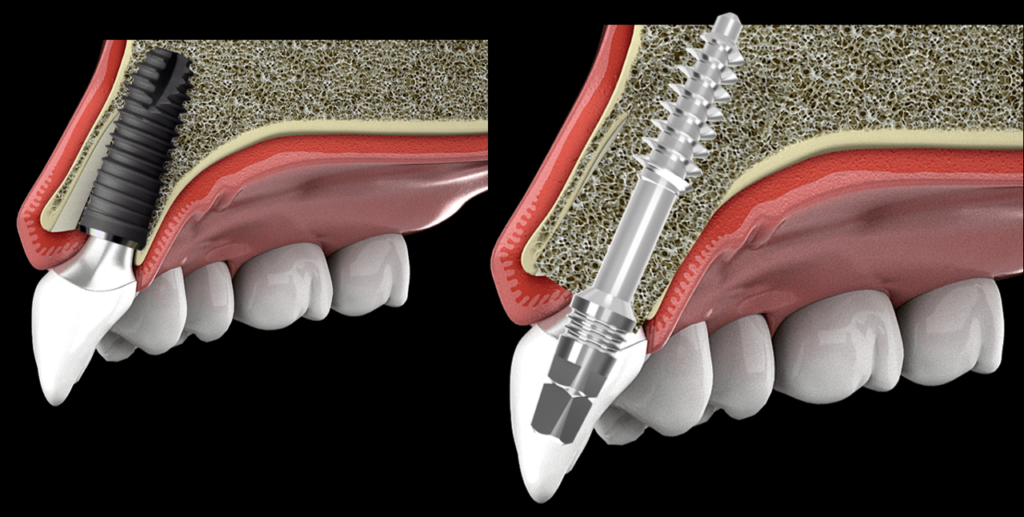
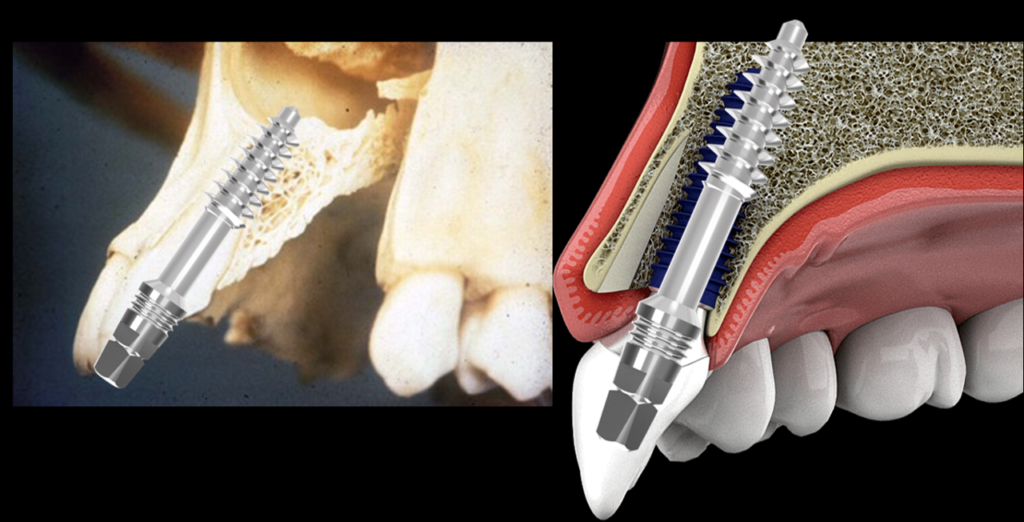


Address
Dental surgery centre.302.vk plaza.4th phase.7th block.100 feet main ring road.Banashankari 3rd stage.opposite to apollo school.near devegowda petrol bunk.Bangalore 560085
Phone
+919844016274 /> +910826695988/87/89
iamveeru@gmail.com /> dentalsurgerycentre@gmail.com
